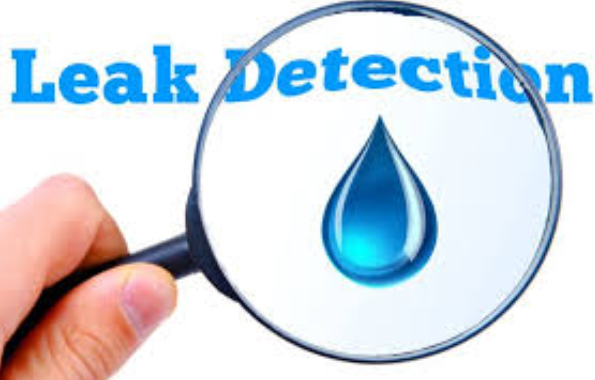SPOILER ALERT!
What is leak detection method?

Pipeline leak detection is usually utilized to determine whether a pipeline has been damaged by a leaking pipeline, particularly in systems that contain hazardous materials. Various methods of leak detection comprise hydrodynamic testing, infrared and other infrared laser technology, and hydrostatic testing following pipeline setup and leakage detection throughout pipeline service life. Most pipelines are built using a resin or rubberized coating that has to be eliminated from strand segments, allowing for pipeline excavation. The resin coating can be a weak point for pipeline excavation, causing a pipeline failure and potential ecological harm.
If a pond is buried underground, borehole drilling equipment might be utilized to find the leak and determine where it's found. However, despite this technology, the leak may be small enough that the gear may not be able to locate it, leading to ineffective detection.
In both these situations, leak detection should be undertaken utilizing the newest technologies. A pipeline leak detector can be used through hydrostatic testing to locate the flow, either at a hydrostatic test chamber or onsite, and then via infrared or laser to confirm the presence of the leak. It should also be employed to check the underground atmosphere. Each these evaluations are offered through business professionals.
Pipeline leaks can cause substantial harm and danger to the environment and individuals who live or work nearby, so proper pipeline leak detection methods are necessary. Leak detection should be performed in a timely manner. Leak detection may stop pipeline failures and the probability of environmental harm. In addition, pipeline leak detectors can help to avoid unnecessary cleanup.
For more information make sure you click on this kind of link leak detection and repair.
